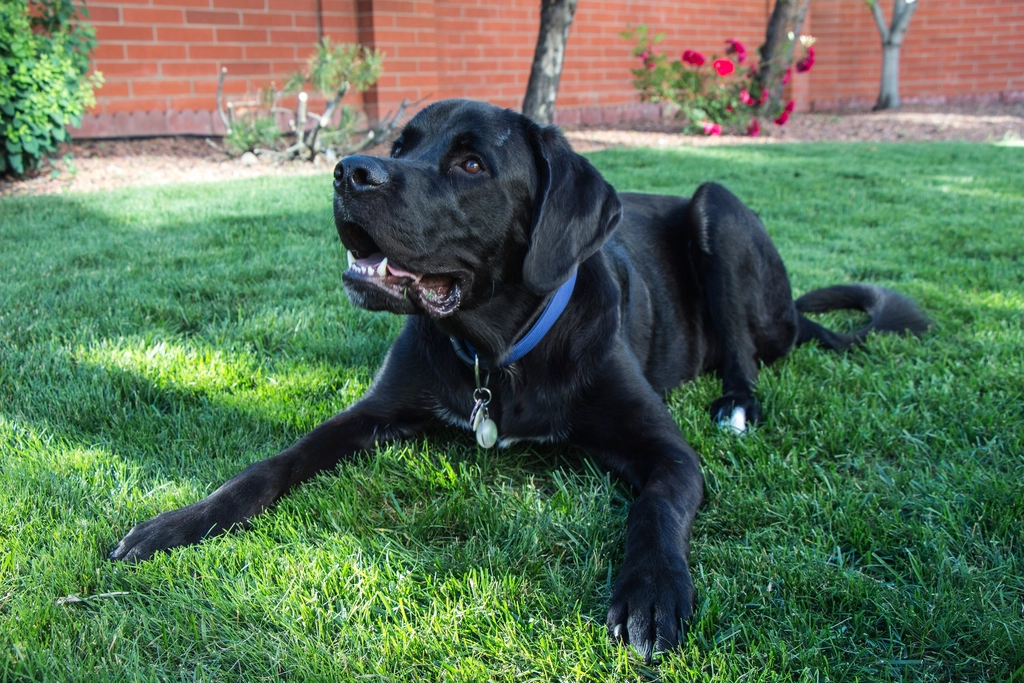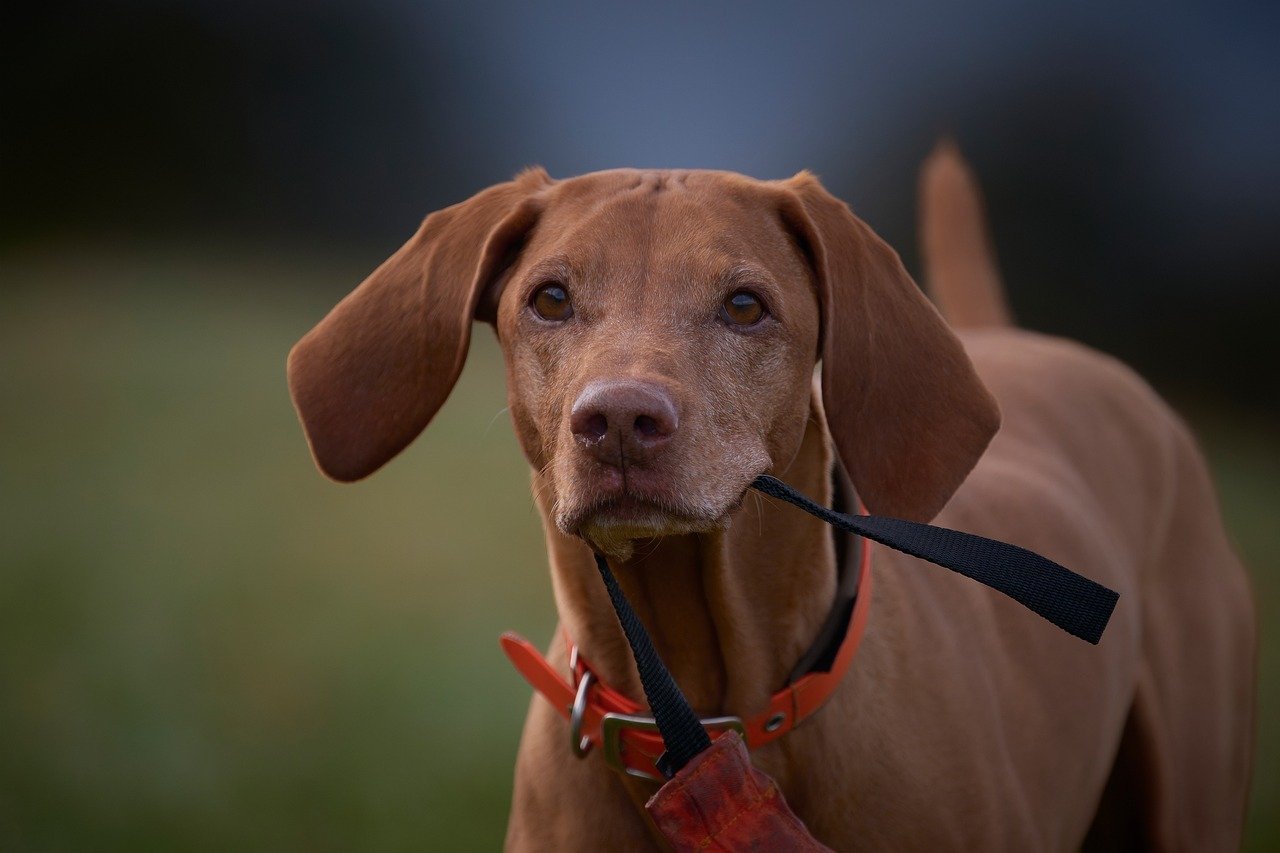Have you ever stared in envy at a dog that walks calmly by its owner’s side, unfazed by chaos, while your own pup seems to be powered by rocket fuel? It’s a familiar struggle for so many dog owners—wishing for a peaceful companion but feeling overwhelmed by endless energy, barking, or pulling on the leash. What if the secret to a calm, well-behaved dog doesn’t require fancy trainers or expensive gadgets? In fact, it all begins with one surprisingly simple habit. Are you ready to discover the tiny change that can create a world of difference for your dog—and for you?
The Power of Consistent Routine
Every dog owner wants the same thing—a calm, happy, well-behaved pup who’s a joy to live with. We invest in training classes, read endless tips, and try our best to stay patient during those chaotic moments. But what if the foundation for better behavior isn’t a complex routine or a long list of rules? What if it all begins with just small daily habits? Surprisingly simple yet incredibly powerful, these habit can set the tone for your dog’s behavior, boost their sense of security, and strengthen your bond—day by day.
Dogs, much like children, crave routine. They find comfort and security in knowing what’s coming next. Establishing a consistent daily schedule for feeding, walks, playtime, and resting can work wonders for your dog’s behavior. Imagine waking up each morning not knowing when or if you’ll eat or get to go outside—stressful, right? Dogs feel the same way! When they can predict their day, anxiety drops and good behavior rises. Start small by setting regular meal times and walk schedules. Over time, your dog will begin to relax, knowing their needs will be met. This steady rhythm is the foundation of calmness.
Why “Sit” Is More Than Just a Command
Teaching your dog to “sit” might seem basic, but it’s truly the golden key to better behavior. “Sit” isn’t just about obedience—it’s your dog learning to pause, think, and wait for your next move. It’s like teaching a child to raise their hand before speaking. By practicing “sit” in different situations—before crossing the street, entering a room, or getting a treat—you’re helping your dog control their impulses. This simple habit can prevent jumping, barking, and even running off. The more your dog practices “sit,” the more naturally calm and polite they’ll become.
The Magic of Short, Daily Training Sessions

You don’t need marathon training sessions to see big improvements. In fact, just five to ten minutes a day can work magic. Short, daily training helps your dog stay mentally sharp without getting bored or frustrated. Think of it as a quick workout for their brain! Practice commands like “sit,” “stay,” and “come” during these sessions. Use treats or praise as rewards. The consistency—not the length—of your training will build better habits and keep your dog eager to learn. Over time, these mini-sessions will add up to impressive progress.
Reward Calmness, Not Chaos
It’s easy to accidentally reward excitement—like giving attention when your dog barks or jumps. But dogs remember what gets them what they want. Want more calm behavior? Reward it! When your dog is lying quietly or greets you gently, offer a treat or a gentle pet. Ignore jumping or barking, and only give attention once they settle down. Dogs are quick learners. When they realize calmness brings good things, they’ll choose it more often. This one small shift in your response can dramatically change your dog’s behavior over time.
Exercise: The Unsung Hero of Good Behavior
A tired dog is a good dog—there’s truth in that old saying. Dogs need both physical and mental exercise to keep their energy in check. Daily walks, playtime, and interactive toys can help burn off excess energy that might otherwise turn into mischief. Try mixing things up with fetch, tug-of-war, or even doggy puzzles. Just like people, dogs feel more relaxed and content after a good workout. If your dog seems restless or is acting out, a little extra exercise might be the missing piece of the puzzle.
Mastering the Art of the Calm Greeting
Many dogs get overly excited when meeting people or other pets. Teaching your dog to greet calmly can save you from embarrassment and keep everyone safe. Practice having your dog sit before anyone approaches. Ask visitors to ignore your dog until they’re sitting politely. Reward your dog for staying calm. Over time, your dog will learn that calm greetings—not wild jumping—bring attention and treats. This habit not only makes outings less stressful but also helps your dog feel more confident and secure.
The Importance of Patience and Positive Reinforcement

Training takes time, and every dog learns at their own pace. Patience is key—frustration only confuses your dog and can make things worse. Use positive reinforcement, like treats, praise, or toys, to encourage the behaviors you want. Avoid punishment, which can damage your bond and create fear. Think of yourself as your dog’s cheerleader, celebrating every small step forward. The more positive your training, the more eager your dog will be to please you. Over time, patience pays off in a calmer, happier companion.
Teaching Your Dog to Settle on Command

Imagine having a “chill” button for your dog. Teaching a “settle” or “place” command does just that. Start by choosing a specific spot, like a mat or bed. Guide your dog there and reward them for lying down calmly. Gradually increase the length of time they stay put, always rewarding relaxed behavior. Soon, you’ll be able to ask your dog to settle during dinner, when guests arrive, or even when you need a quiet moment yourself. This one habit can transform your home from chaos to calm in no time.
The Role of Mental Stimulation
Boredom is a recipe for trouble. Dogs left with nothing to do often invent their own fun—which can mean chewing, barking, or digging. Keep your dog’s mind busy with puzzle toys, scent games, or new tricks. Hide treats around the house or teach your dog to find their favorite toy. Mental challenges are just as important as physical ones. When your dog’s brain is engaged, they’re less likely to get into mischief and more likely to be calm and content.
Consistency: The Secret Ingredient

The most important habit of all is consistency. Dogs thrive when they know what to expect from you. Be predictable in your commands, rewards, and daily routine. If you let your dog jump on you sometimes but not others, they’ll get confused. Stick to your rules and follow through every time. Consistency builds trust and understanding between you and your dog, making training smoother and your bond stronger. With time and repetition, calmness will become second nature for your four-legged friend.

Linnea is a born and bred Swede but spends as much time as possible in Cape Town, South Africa. This is mainly due to Cape Town’s extraordinary scenery, wildlife, and atmosphere (in other words, because Cape Town is heaven on earth.) That being said, Sweden’s majestic forests forever hold a special place in her heart. Linnea spends as much time as she can close to the ocean collecting sea shells or in the park admiring puppies.





